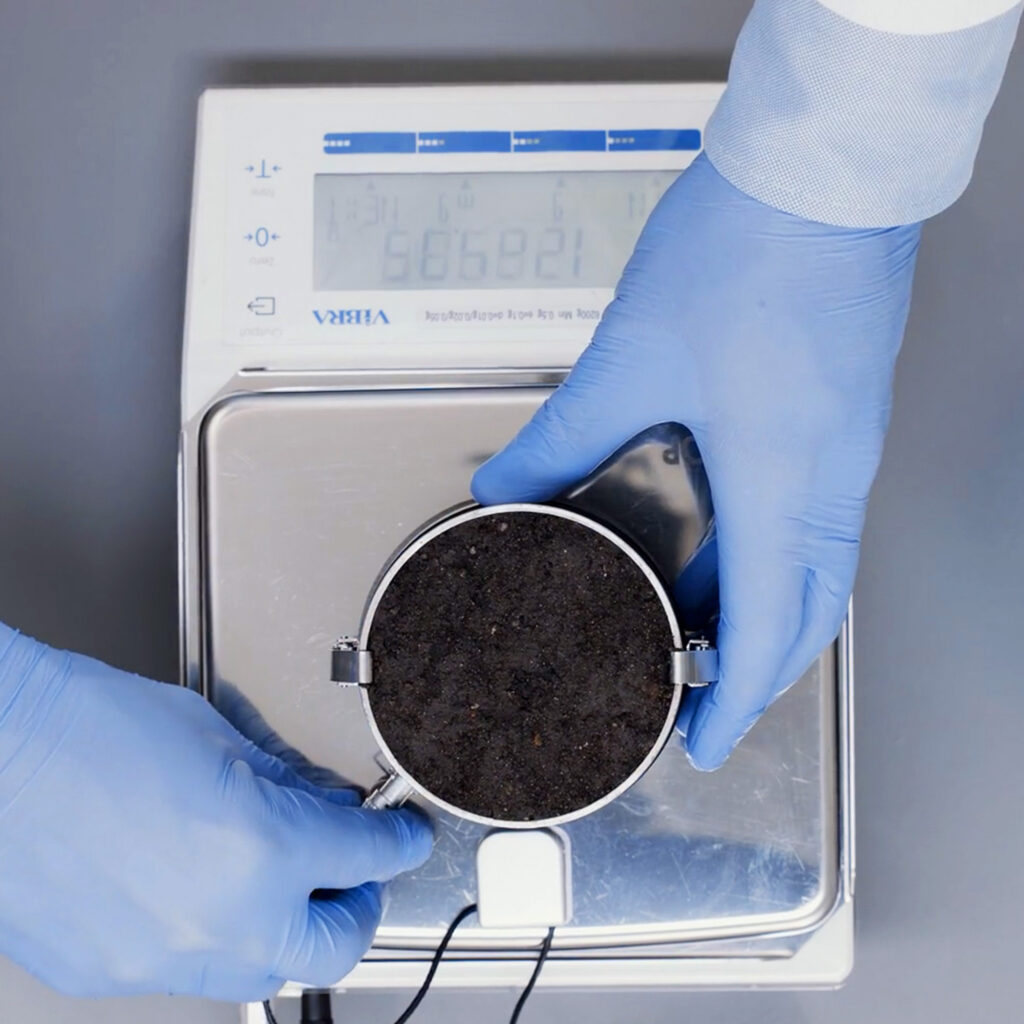Making renewable energy possible in Germany

To meet rising energy demands while minimizing its carbon footprint, Germany has committed to generating at least 80% of their electrical consumption from renewable sources by 2030 and being climate-neutral by 2045.


A CHANGING WORLD
Achieving these lofty goals requires the newly built energy sources, such as wind, geothermal, and solar power, to be integrated into the grid and the existing infrastructure to be updated. With communities and governmental bodies pressuring the Transmission System Operators (TSOs) to find alternatives to overhead power lines and combat the unpredictability of power loss as it travels, their solution is to bury the power cables in the ground in a project known as SuedLink. However, for this project to succeed, there are substantial hurdles they need to overcome.

THE THERMAL COST OF POWER
In soil with unfavorable thermal properties that does not allow excess heat to be drawn away properly, buried cables have higher power dissipation and, in the worst cases, can melt underground cables. This causes interruptions in service and dangerous conditions that result in long and costly repairs. Before installing 700 kilometers (435 miles) of underground cables, the engineers first needed to understand the thermal properties of the soil they would encounter along the way.
According to the European Climate Adaptation Platform Climate-ADAPT, the average annual air temperature in Germany between 1881 and 2022 was determined statistically to have risen by 1.7 °C and are only expected to accelerate in the coming years. In turn, soil temperatures are increasing, too. Testing the soil at its current state is not an adequate representation of what the cables will experience in the decades to come. For that reason, the SuedLink project requires the full thermal dryout curve to understand the relationship between water content and thermal conductivity.

SAFEGUARDING BURIED CABLES
Ensuring that the soil is safe for cable installation requires sampling the soil as they go, sometimes as often as every 100 m (328 ft). Samples are sent to the METER laboratory in Munich, Germany where several tests are run on each sample.
- The sample is run through the VARIOS to obtain automated thermal dryout curves and obtain the thermal conductivity of the soil.
- In situations when a more thorough understanding of water content is needed, the lab will use the HYPROP/VARIOS Connector to simultaneously use both instruments on the same sample. The HYPROP generates soil moisture release curves, comparing soil water content with its matric water potential, or soil suction as some call it.
- Spot checks are also conducted with the TEMPOS thermal properties analyzer while in the field.
Depending on the results of the analysis, additives might need to be mixed into the soil, the diameter of the cable or the distances between the cables in each trench might be changed in that stretch to minimize the amount of heat being released in that area, or the path of the cable might be changed to avoid soil that cannot be mitigated.




EXECUTING THE PLAN
The SuedLink project is being executed by two TSOs — TenneT, which is responsible for the northern section of the cable connection, and TransnetBW, responsible for the southern section. METER has been collaborating with both companies to survey the soil across both sections.
To date, we have already conducted over 6,000 measurements for SuedLink and continue to provide this critical analysis as the project progresses. The water content and thermal conductivity measurements conducted by METER are making it possible for Germany to supply their residents with the environmentally friendly power they have promised. The analysis is preventing damage to ecosystems and communities along the way while increasing the longevity of this environmentally critical project.
As more countries across Europe and the world move towards 100% use of renewable energy sources, the SuedLink project is paving the way for others to understand how to implement clean energy successfully.

Case studies, webinars, and articles you’ll love
Receive the latest content on a regular basis.


